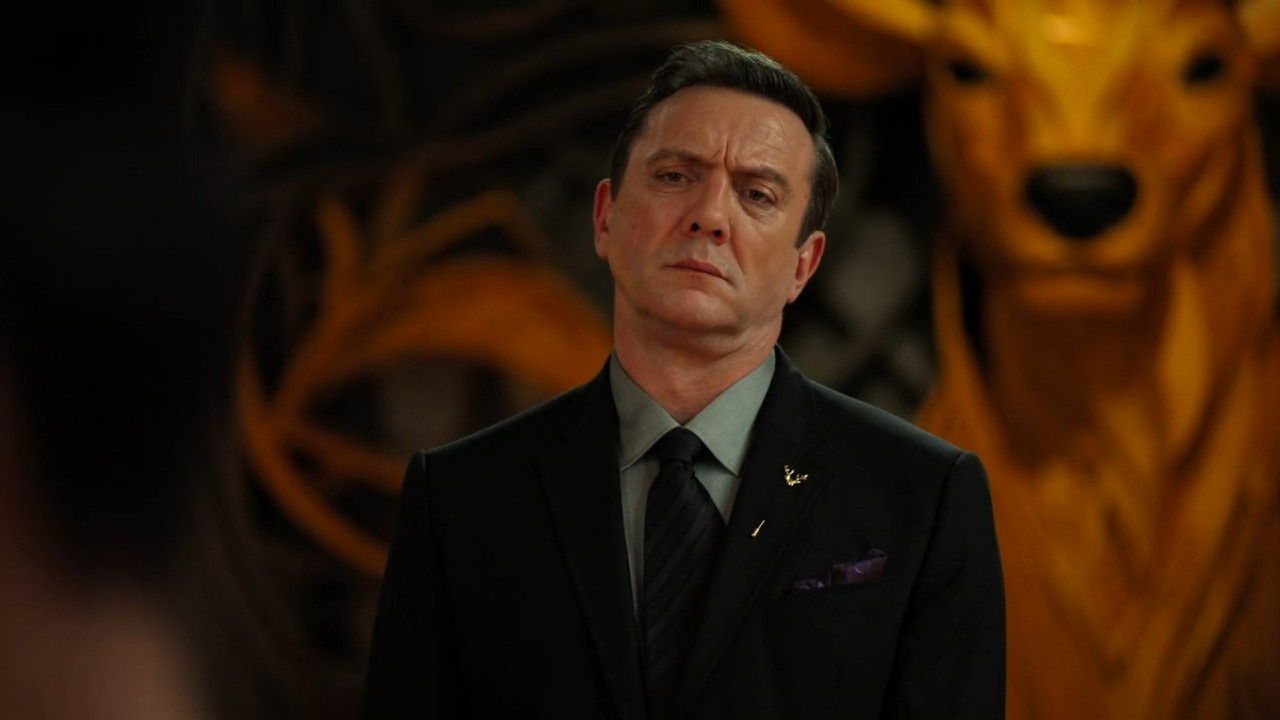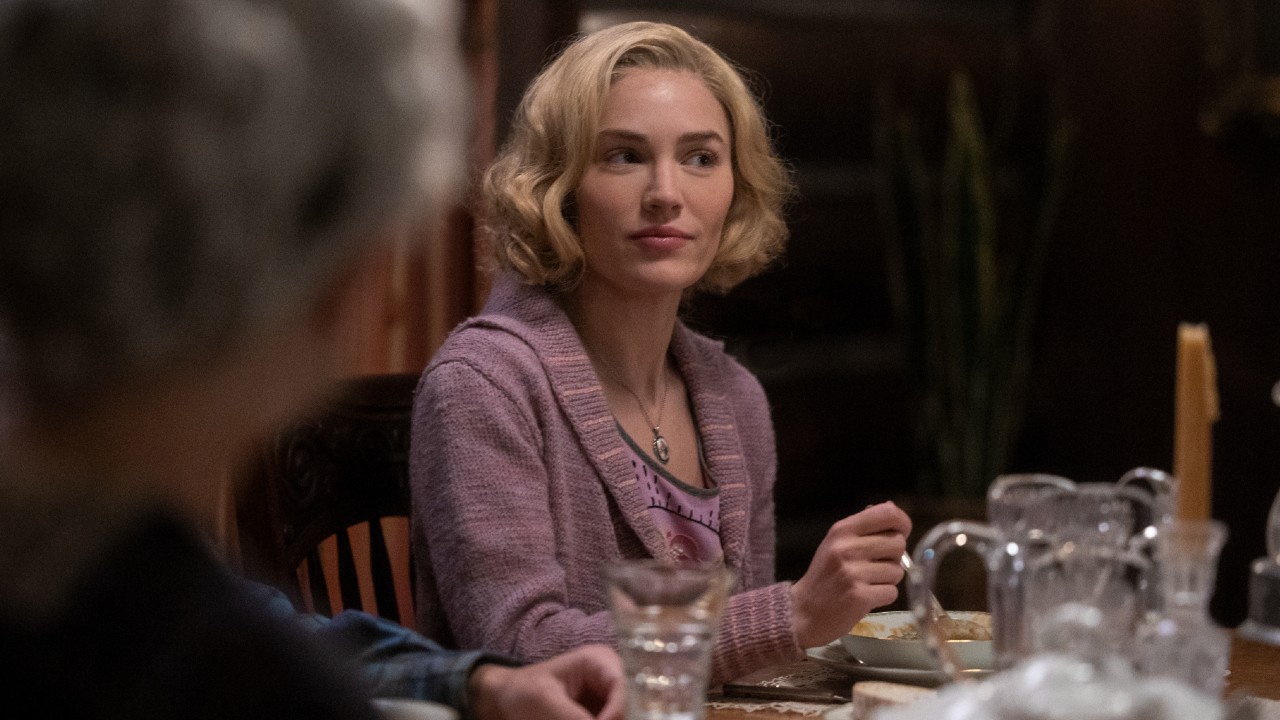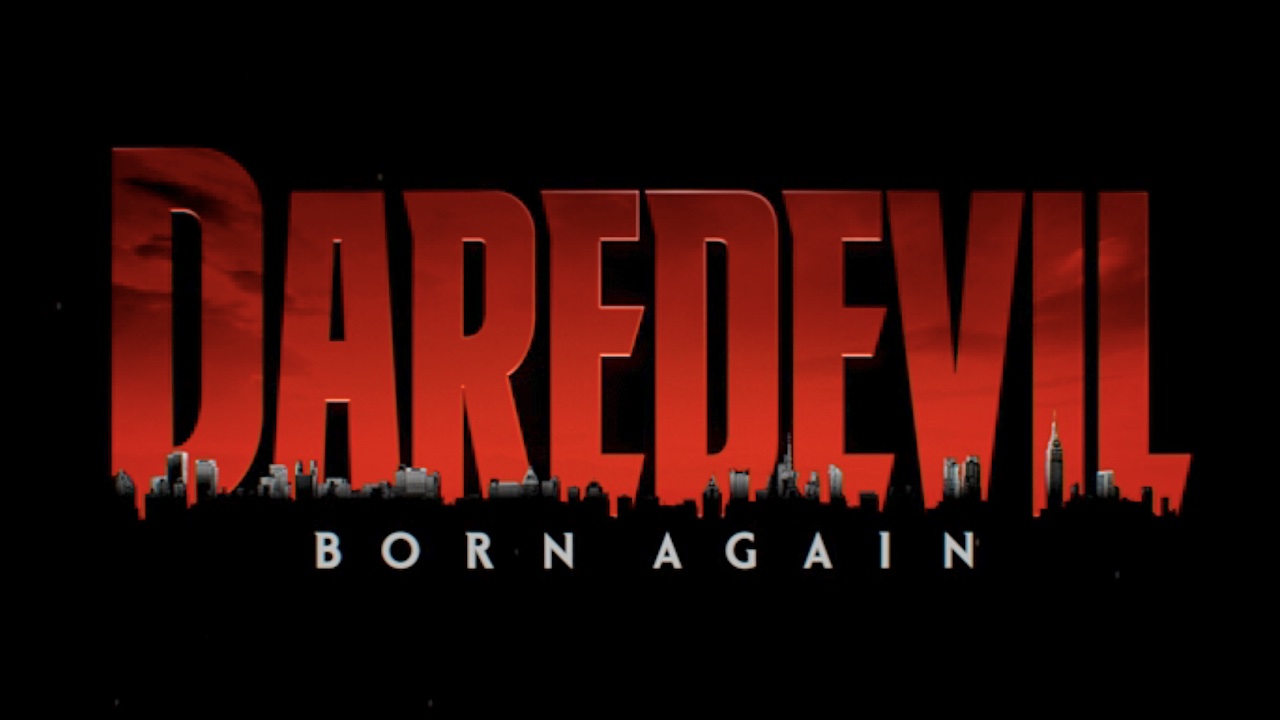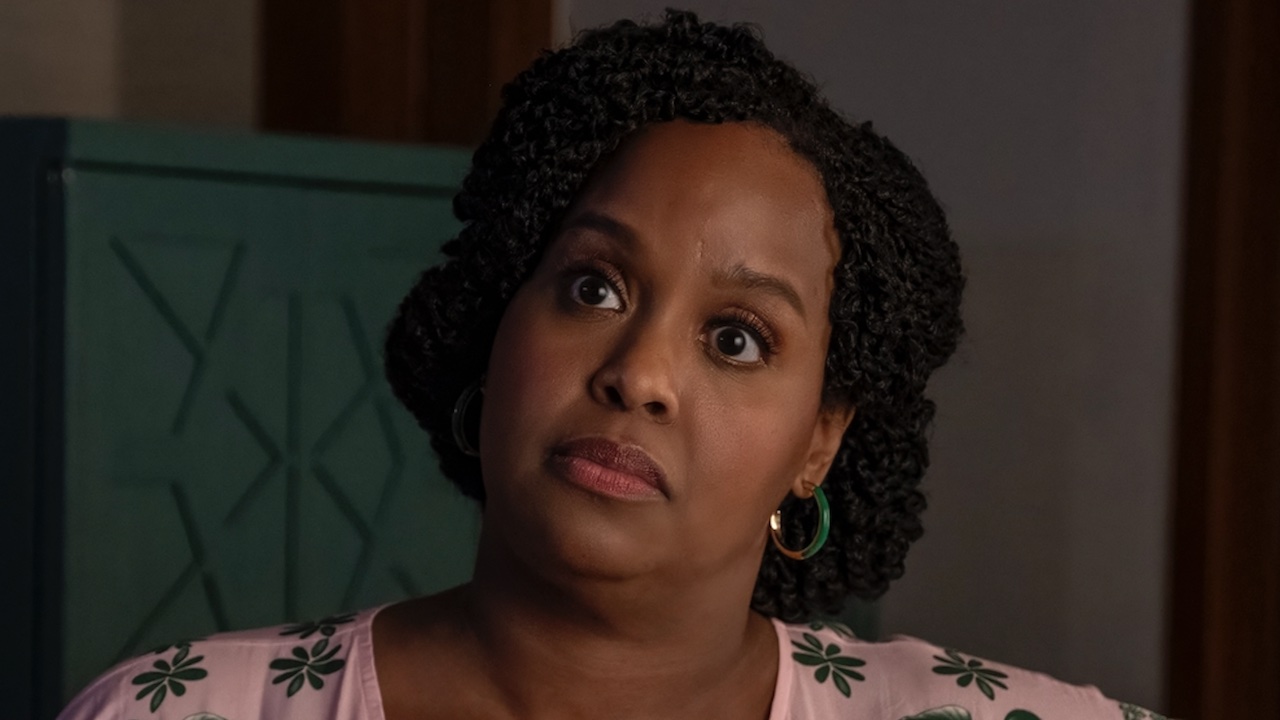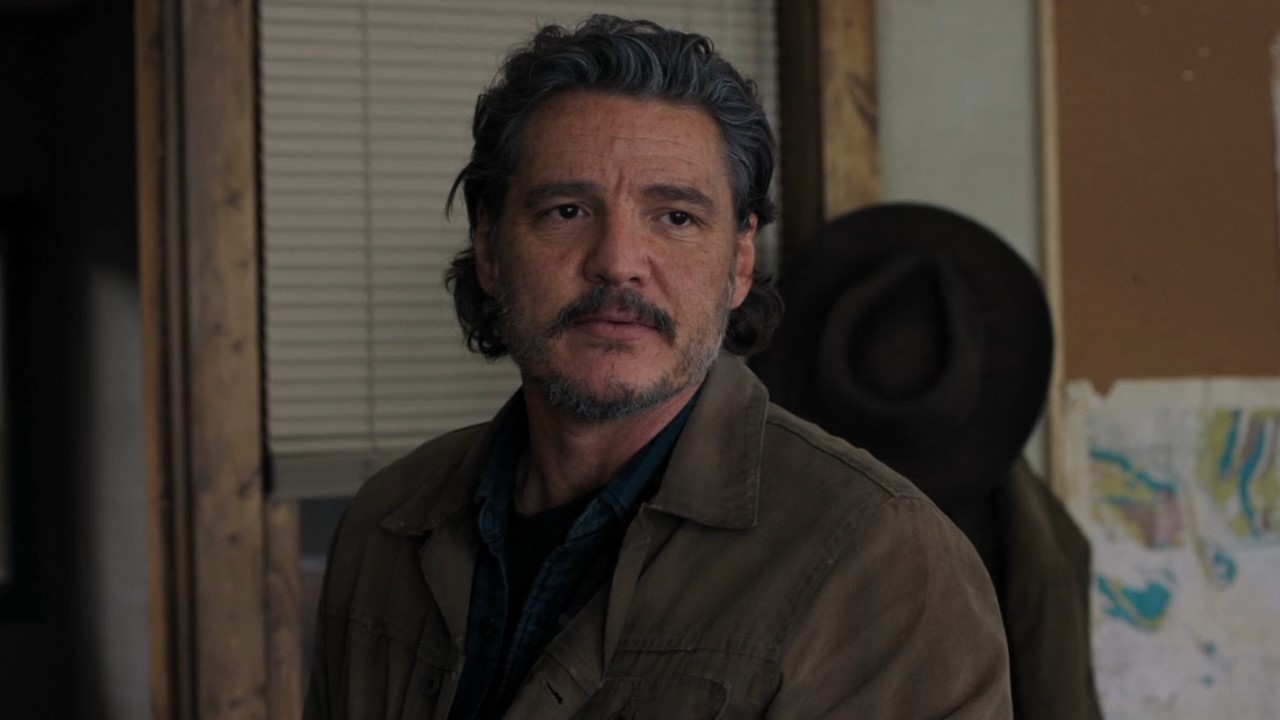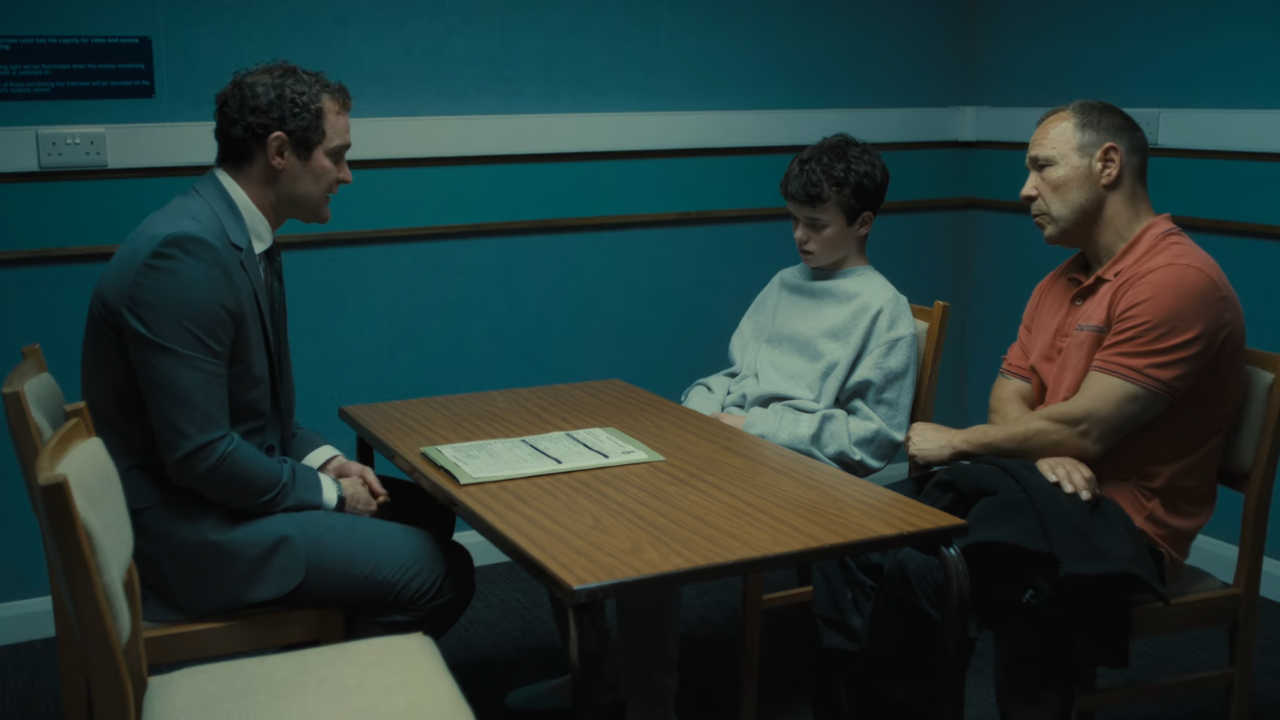Halloween Kills Alternate Ending: What Happens, And How It Differs From The Theatrical Cut
We break down the home video release of Halloween Kills.
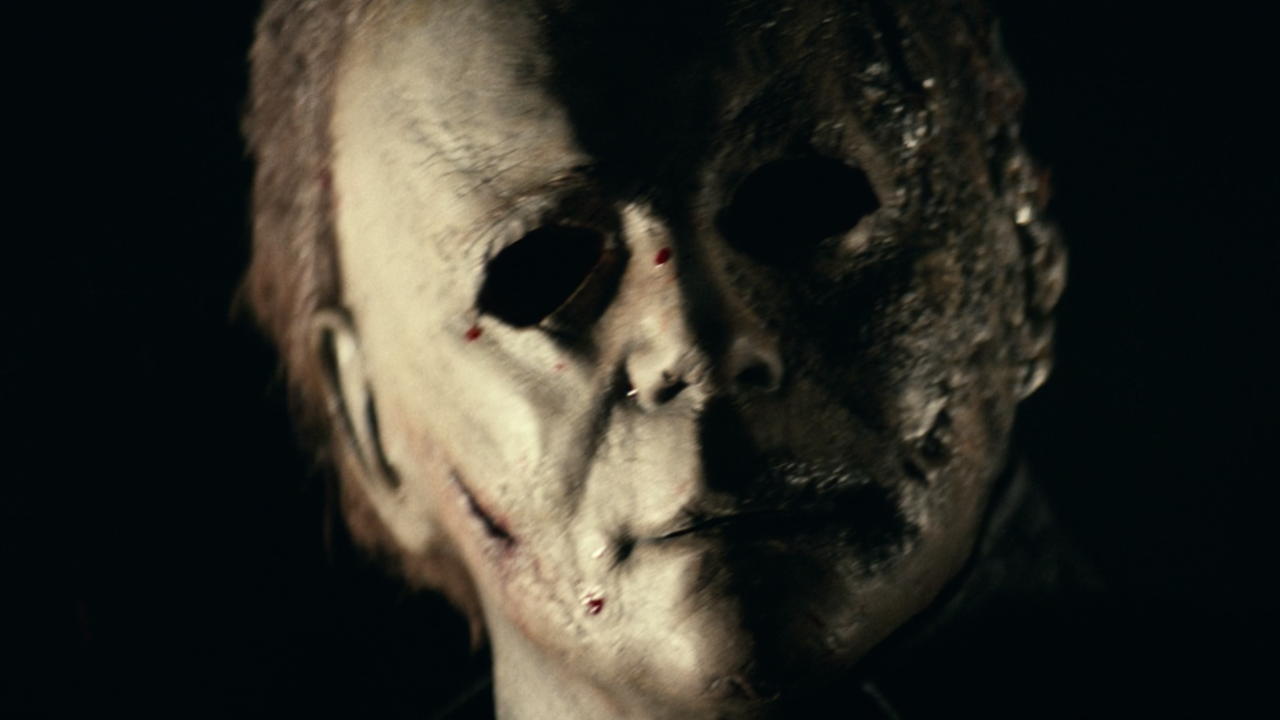
The streaming age has done a great deal to change the home video market in the last decade, but one thing that will always remain consistent is a cinephile’s love for special features. From commentary tracks, to deleted scenes, to featurettes, it’s a perpetual delight to travel down a rabbit hole exploring the process of how a movie gets made. In this respect, the new 4K and Blu-ray copies of David Gordon Green’s Halloween Kills are going to delight fans, as they are filled with extra content – but arguably the most exciting thing featured on the disc is what is billed on the cover as an “Alternate Ending” as part of what’s dubbed an “Extended Cut.”
If you saw Halloween Kills this past fall, you know that the film ends on a gruesome and shocking note, with Michael Myers pulling off some truly horrific executions, so learning that there is a different version available is obviously intriguing. Do any characters survive that are killed in the theatrical cut? Are any characters killed who survived? Unfortunately, the changes are not exactly as exciting as that – as I’ll break down below.
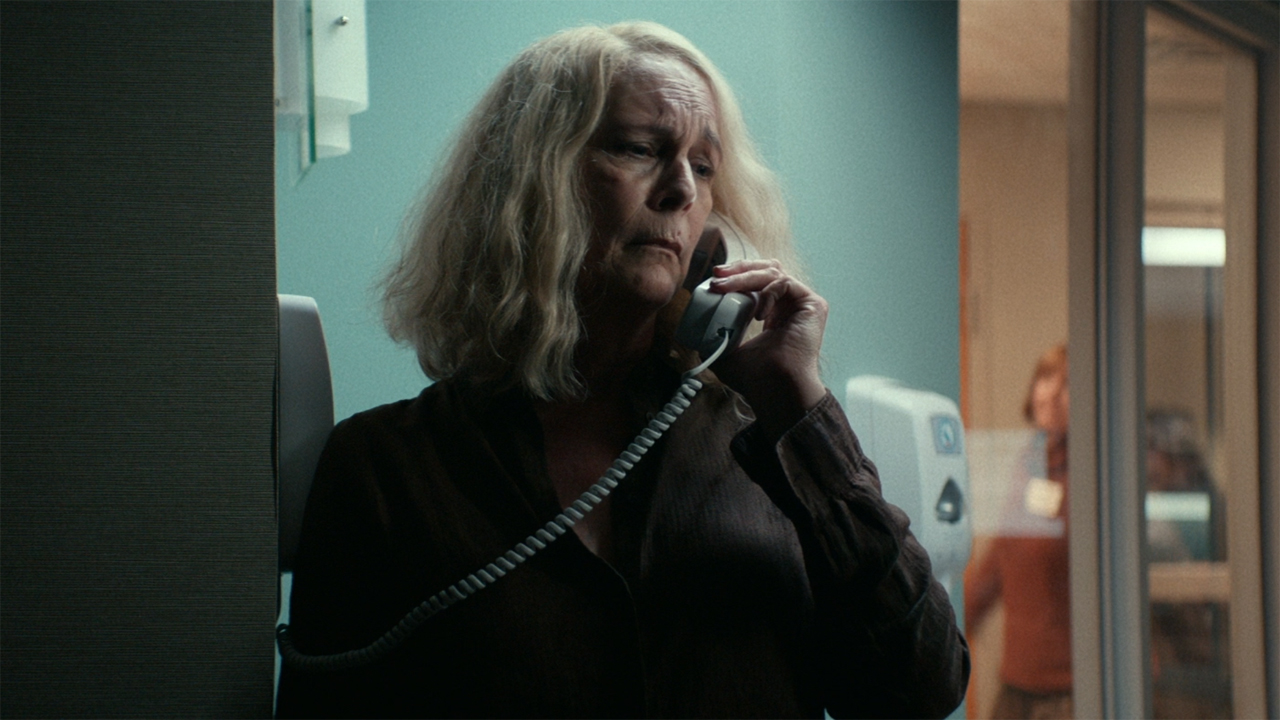
What Happens In The Alternate Ending Of Halloween Kills
With a total runtime of just a few seconds over an hour-and-49 minutes, the Halloween Kills Extended Cut is four minutes and two seconds longer than the Theatrical Cut, and approximately a quarter of that extra material can be found in the very ending of the film. I’ll highlight the word “extra” there because the way in which the new cut is different is the addition of a single scene that runs for just a little over a minute.
Just like in the version of Halloween Kills that played on the big screen last October/November, the new cut draws to a close with Michael Myers sneaking up behind Karen Nelson (Judy Greer) and killing her with a chef’s knife while she stands in the window of his sister’s childhood bedroom. Rather than the film cutting to the title card once the killer looks at his reflection, however, there is an extra bit added that starts with the camera panning Karen’s prone, dead body and landing on her phone, which is receiving a call from an unknown number.
The person calling the now-deceased woman is her mother, Laurie Strode (Jamie Lee Curtis), who is attempting to reach her daughter from landline in her hospital room. The dial tone rings and rings, and Laurie’s concern is all over her face – prompting the still-recovering Officer Hawkins (Will Patton) to inquire what’s wrong. Finally the other side of the line does pick up… but nobody says anything; the sound is just heavy breathing.
With determination, Laurie calmly states into the receiver, “I’m coming for you, Michael,” and she drops the phone instead of hanging it back up. She goes over to a table, picks something up, and leaves the room.
As John Carpenter’s harpsicord score grows, Laurie walks down a hospital corridor in slow motion, ignoring the general chaos going on around her. While she walks, bumping into people and never changing her gait, we see that the item she grabbed is a blood covered chef’s knife. The action freezes, the camera does a quick extra pan to the knife, and the title card roles along with the Halloween theme.
CINEMABLEND NEWSLETTER
Your Daily Blend of Entertainment News
So what’s the deal with this “Alternate Ending” and why wasn’t it included in the theatrical cut? Let’s break it down.
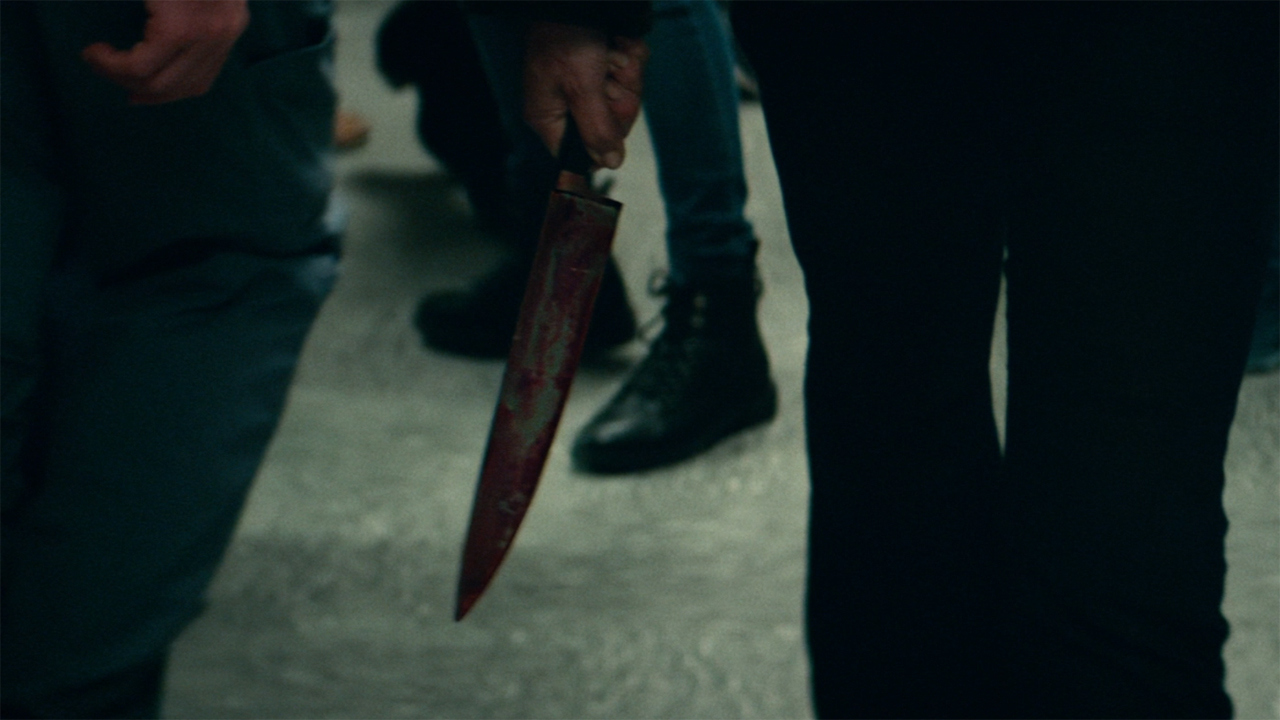
How Does Halloween Kills’ Alternate Ending Change Things?
If it’s not already clear, Halloween Kills’ home video release very much stretches the definition of the phrase “Alternate Ending.” When one hears of an “Alternate Ending” typically, the expectation is a brand new version of the final scene that was not featured in the Theatrical Cut. That’s not what this is; this is more of an “Extended Ending” as part of the appropriately titled “Extended Cut.”
The only really significant element that comes from the additional scene with Laurie Strode is the audience discovering how quickly the franchise hero learns about the death of her daughter. That was not information that is provided in the big screen version, but here we get to see that scenario play out. Of course, at this point in time we have no idea if the moment is ultimately going to be seen as canonical or not.
This brings us to the subject of why this extra minute isn’t featured in the Halloween Kills Theatrical Cut. Sadly, the filmmaker commentary track recorded for the home video release ends before the extra material in the Extended Cut begins, so it doesn’t provide any immediate insight to the choice. That being said, one can come up with a believable theory about why when one thinks about the context of the film and how it sets up the action of Halloween Ends, the sequel that is being released later this year.
One of the coolest things about Halloween Kills is that the story begins immediately after the events of 2018’s Halloween, the filmmakers not using any cheats or fantasy to keep the narrative going. Keeping this in mind, it’s understandable that the movie wouldn’t want to end on the note of Laurie on a mission to take down Michael Myers – as it may give the impression that Halloween Ends is another story that picks up in the immediate aftermath of its predecessor. As those who have been following the development of the project know, that’s not the case.
Rather than being set on November 1, 2018, Halloween Ends will be set on Halloween night in 2022– and there’s no way that setting could satisfy Laurie’s determined exit from the hospital in the final seconds of Halloween Kills. The ending with Karen dying and Michael back in his sister’s window is a more open-ended conclusion that allows a time jump.
Halloween Kills, one of the best horror movies of 2021, is now available on 4K, Blu-ray, and DVD, and to get a peek at all of the scary movies set to come out on the big screen and on streaming in the coming months, take a gander at our Upcoming Horror Movies guide.

Eric Eisenberg is the Assistant Managing Editor at CinemaBlend. After graduating Boston University and earning a bachelor’s degree in journalism, he took a part-time job as a staff writer for CinemaBlend, and after six months was offered the opportunity to move to Los Angeles and take on a newly created West Coast Editor position. Over a decade later, he's continuing to advance his interests and expertise. In addition to conducting filmmaker interviews and contributing to the news and feature content of the site, Eric also oversees the Movie Reviews section, writes the the weekend box office report (published Sundays), and is the site's resident Stephen King expert. He has two King-related columns.
